Bran Castle: This giant tourist trap is more trick than treat
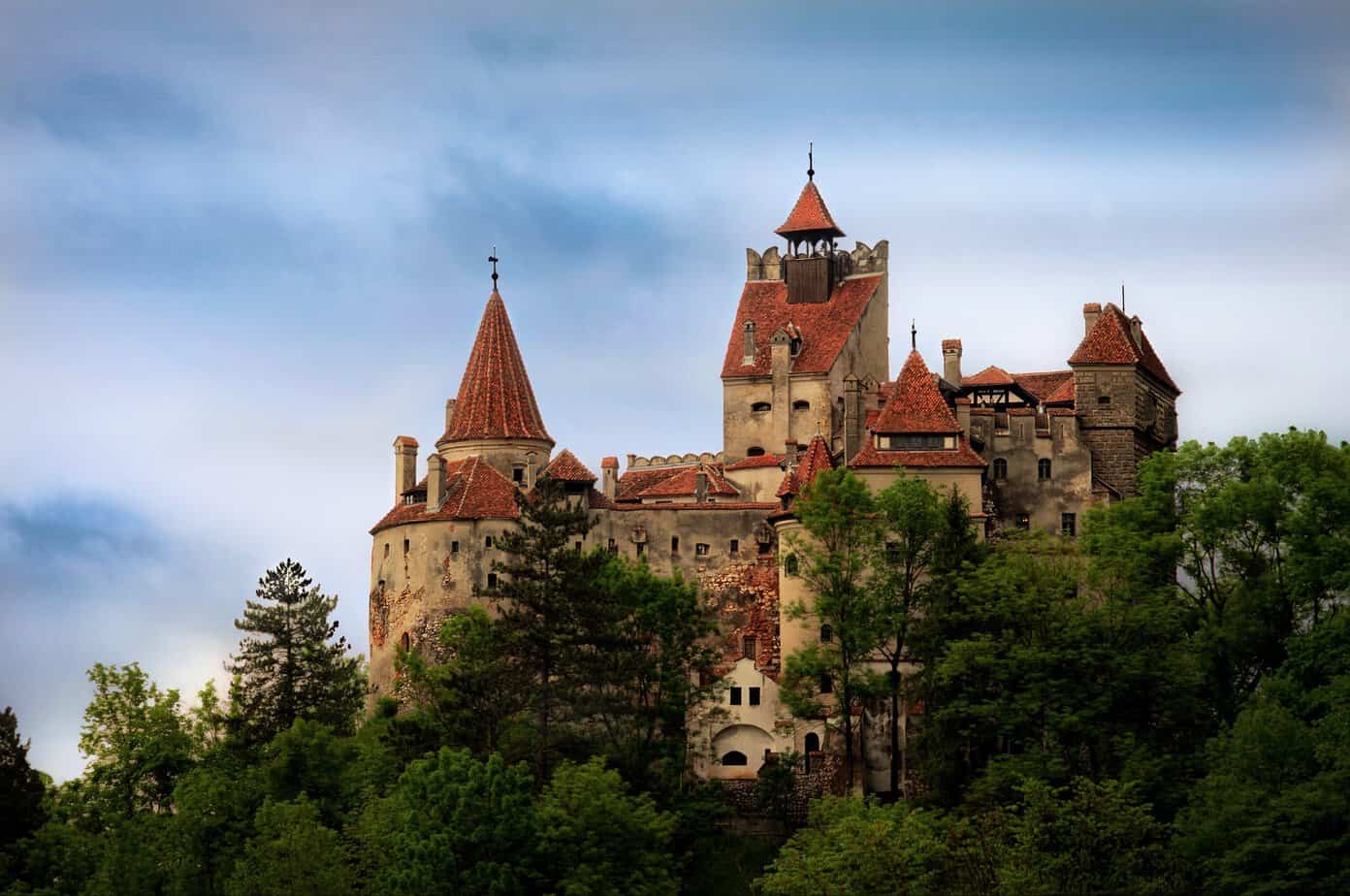
(This is the third in a series on Moldova, Romania and Transnistria.)
BRAN, Romania – In the spirit of Halloween, I’m blogging today about my recent tour of that inspiration to haunted houses, vampire costumes, lawn bats, Oct. 31 TV fright-a-thons and randy men with an excuse to bite women’s necks at Halloween parties.
The problem is Bran Castle, the alleged setting for Dracula, is horribly misnamed. After doing the tour, knowing the true story and fighting through hundreds of tourists and even more vampire T-shirts and Dracula shot glasses, I have a new name for one of the world’s biggest tourist traps.
Bite Me.
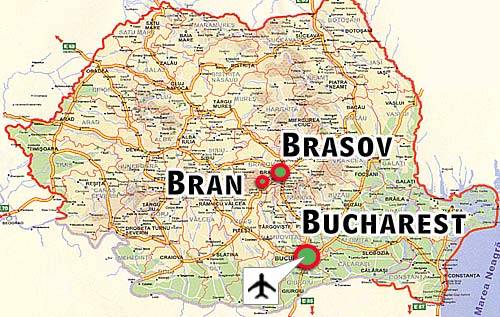
It’s what I felt after I squeezed out of the castle’s narrow hallways and steep stairwells along with hundreds of others, many of whom came to Romania for one reason only: To see its biggest tourist attraction. No, it’s not the palace of late communist dictator Nicolae Ceausescu or the collection of picturesque medieval steeples piercing the skyline of pretty Sighisoara.
Every year 1 million people visit this ordinary stone castle that was never intended to be part of Dracula. Hell, Ceausescu drank more blood in his palace than anyone drank in Bran Castle.
The facts
First, the story behind the legend: Dracula was a novel written in 1897 by Bram Stoker, an Irish theater critic who was working at the time at The Daily Telegraph in London. His inspiration to write Dracula didn’t come from a castle in Romania but from the ruins of a church in Northern England. The 7th century Whitby Abbey, with its Gothic steeples overlooking the North Sea, is what he had in mind when he wrote of the vampire’s home.
In fact, Stoker never set foot in Romania.
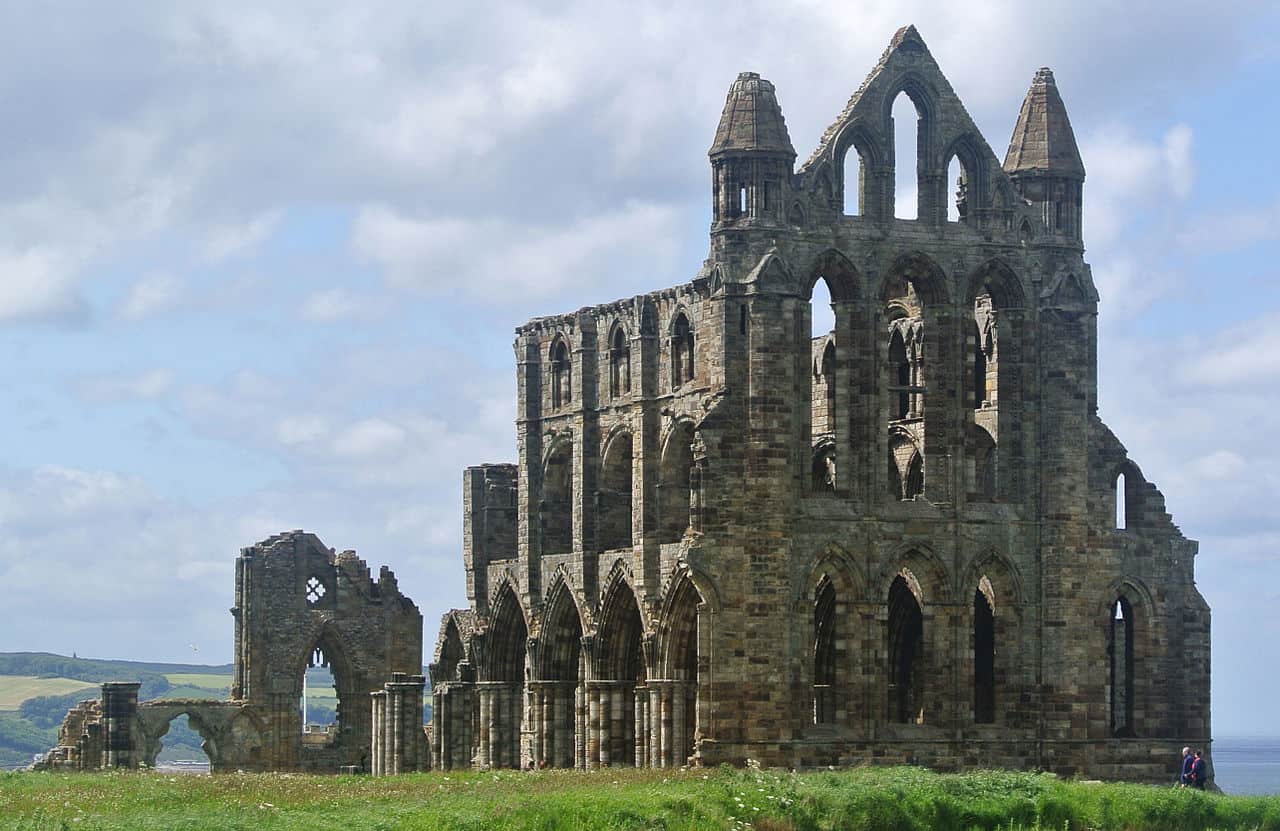
And no, they didn’t name the castle after him. “Bram,” not “Bran,” was his pen name and short for Abraham, his given name.

Stoker did intense research – but from England. The inspiration behind his vampire was a true character. Vlad III was the Prince of Wallachia, the region bordering to the south of Transylvania where the castle lies. He remains a national hero for his victorious wars against Transylvania’s occupying Saxons whom he would capture and inspired the nickname he earned for what he did with Saxon prisoners.
Vlad the Impaler. (Speaking of inspirations, I once interviewed a University of Colorado cross country runner who told me Vlad the Impaler was the inspiration behind the nickname he gave his penis. True story.)
The more Stoker researched Vlad, the more pages he wrote. He read accounts of Saxons saying Vlad would cut off his prisoners’ heads, boil them in pots and drink their blood. Stoker also learned that Romanians have been – and still are – fascinated by the undead. In many homes, Romanians hang festively dedicated horseshoes for good luck.
I overheard one tour guide say, “(Stoker) wanted to tell a story about a vampire who lived in Transylvania, in a castle up on a steep rock – we have a steep rock – surrounded by water. And we have also the river. This is the only description that fits reality in Transylvania.”
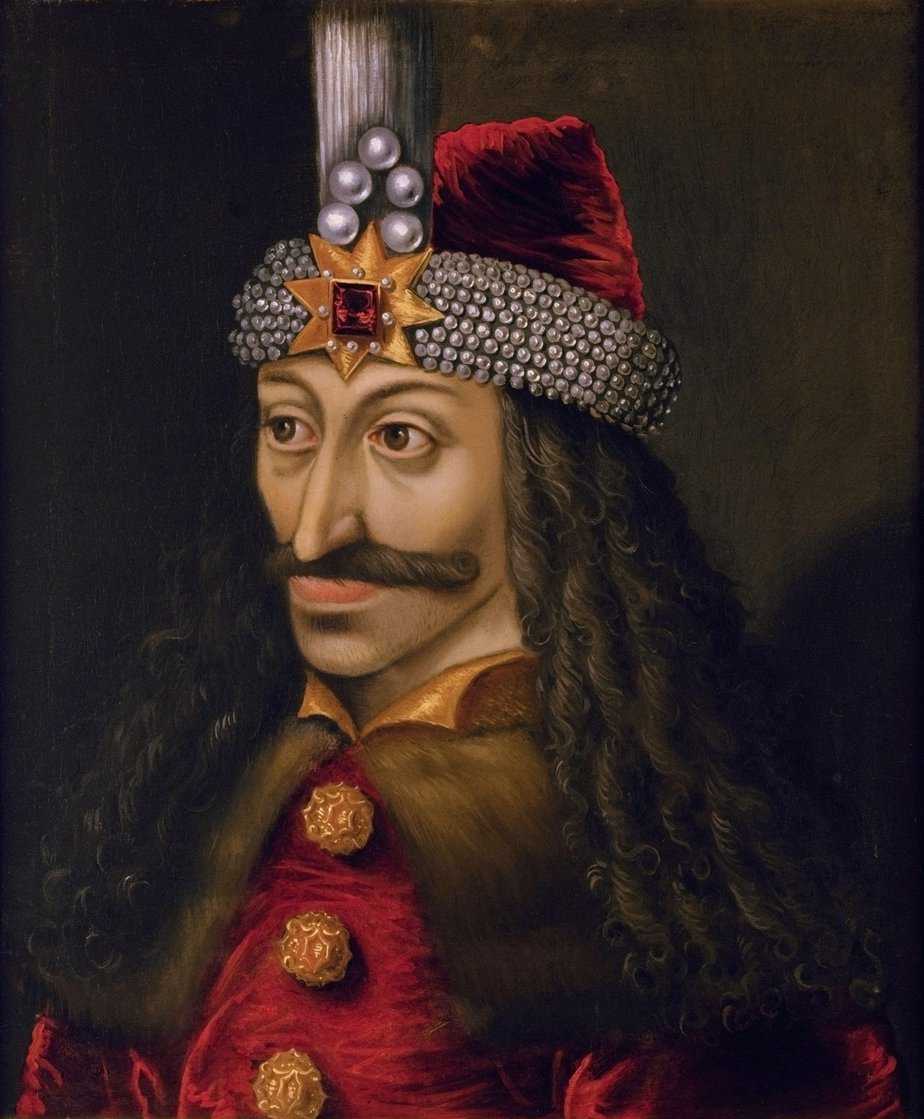
In fact, the castle in the book is dark, crumbling, haunting. It more resembles Whitby Abbey. Bran Castle, actually, is a well-preserved fortress with its tall signature steeple sticking up in the sky like a witch’s hat.
Still, the castle has been the site of many of the 430 vampire movies up until 2020. The latest, a 2023 comedy called Renfield, features Nicholas Cage as a demanding vampire lording over his browbeaten assistant. During filming, Cage came to Bran Castle and slept in one of the rooms.
He said he didn’t sleep a wink.
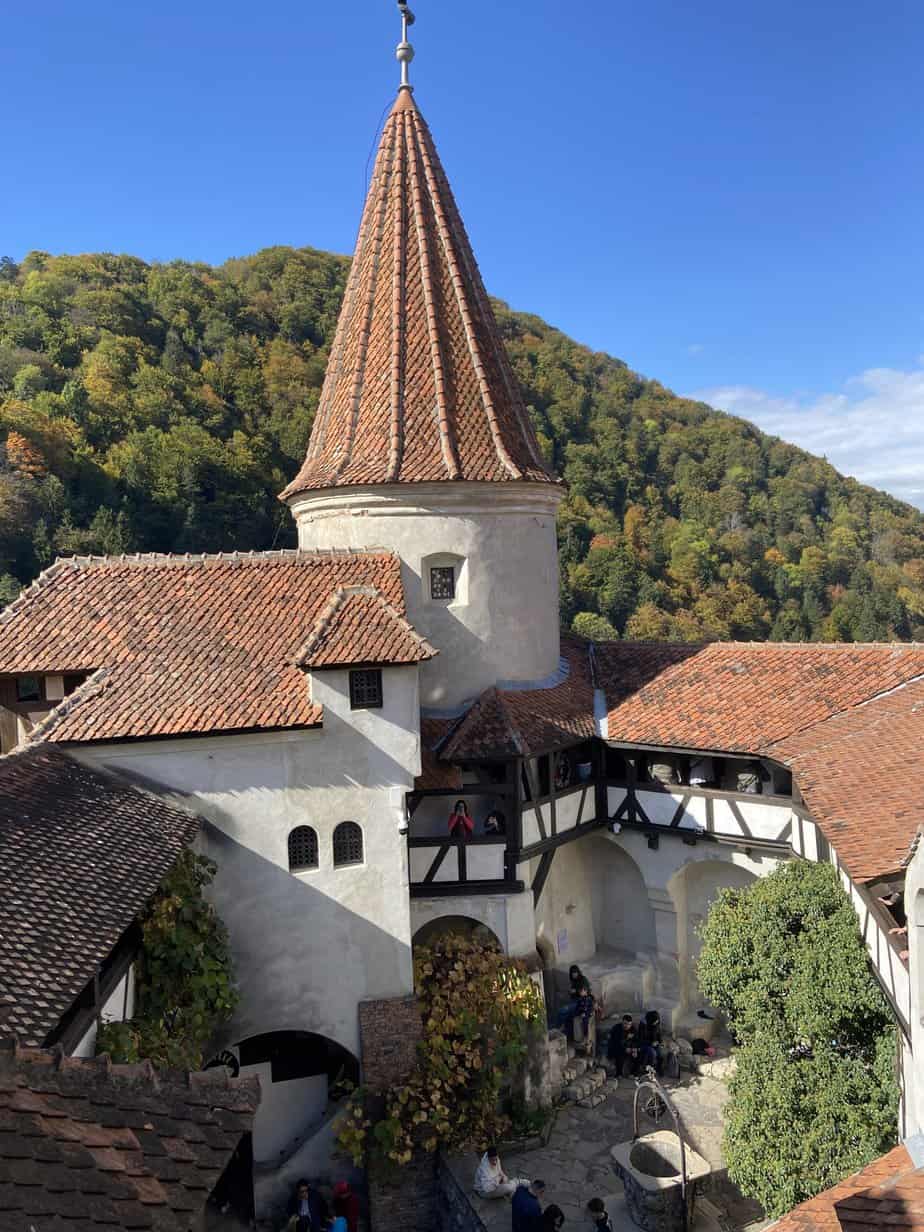
Bran Castle tour
Marina and I joined about a dozen others who piled into a van in Bucharest for the three-hour trip north. The more interesting stop was Peles Castle, a massive Gothic Revival castle in Sinaia, 30 miles south of Bran. Built from 1874-1882, it was home of King Carol I (1839-1914), arguably the greatest and most popular king in Romanian history.
We entered the courtyard between two towering steeples and saw beautiful hand-painted murals of nature scenes on walls and marble statues. It’s 34,000 square feet with 170 rooms and once featured a retractable roof. The whole place looks like a giant Swiss villa, which was Carol’s intention.
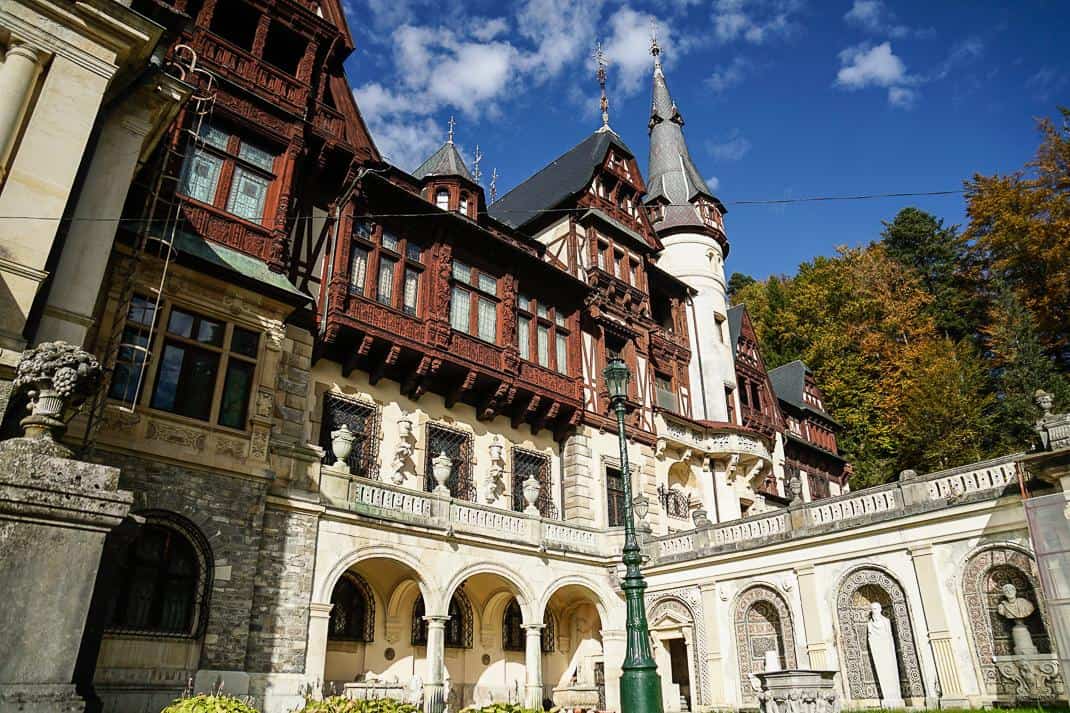
As we climbed into Transylvania and the foot of the Carpathian Mountains, blessed with fall colors of red, orange and gold, our guide, Romeo Velicù, didn’t try selling us a bill of goods about Dracula. We weren’t kids going trick or treatin’.
When we got out of the van to enter the castle, Romeo said with a smile, “You’ll need basil, garlic and a crucifix.”
Six tour buses were already parked by the time we arrived. To enter the castle we passed about a dozen food stalls and an entire courtyard of souvenir stands. Need a Dracula can opener, a Welcome to Transylvania T-shirt, a Dracula mask? This is the place. How about a bottle of Dracula wine?
It’s a big seller in the Bucharest airport.
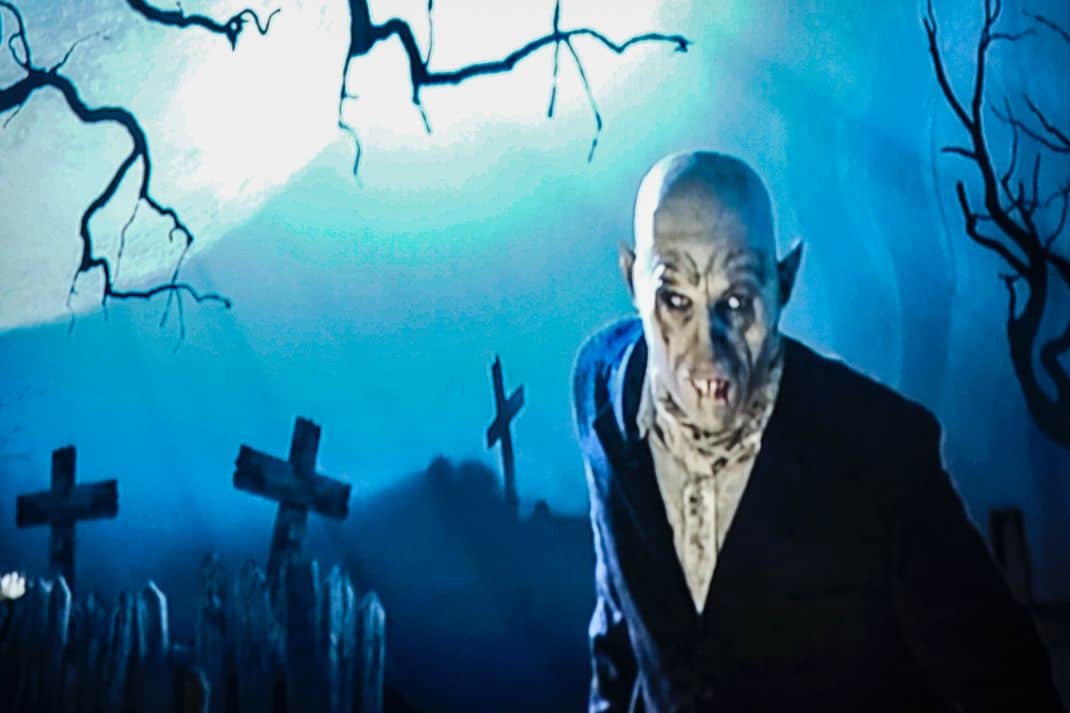
The entrance of the Gothic style castle is modest. It opens to a stone courtyard with the signature red brick steeple over a white stone foundation with chocolate brown trim. Even in the dark, it wouldn’t seem terribly haunting.
It was never intended to be. In the 14th century, Romania was part of the Hungarian Empire. The King of Hungary, Louis I, gave the nearby city of Brasov permission to build the castle for protection against invading Ottoman armies as the area stood on the trade route between Transylvania and Wallachia.

Besides Dracula lore, the castle’s true calling was the home of Queen Marie. When Transylvania became part of Romania at the end of World War I in 1918, Brasov gave the castle to her as she often spent summers in the castle to take advantage of the cool 2,500-foot elevation.
She installed a third and fourth floor, more stairs, ramparts, tile stoves, a telephone and elevator.
Marie’s room is one of the castle’s highlights. An Oriental rug covers a wood floor near the queen-size bed, an incense burner hangs from an iron stand and two windows overlook the countryside all the way to Wallachia. The iron doors are original from 1693. Some fragments of the wall paintings that pre-date Marie can be seen.

Marie gave the castle to one of her six daughters, Ileana, who was caring for victims of World War II. That is until 1946 when the ruling communists who just took over Romania, drove her out. She wound up in Pennsylvania running a monastery under the name Mother Alexandra.
We stepped outside on the terrace and saw where soldiers served as lookouts and poured hot tar on invaders.
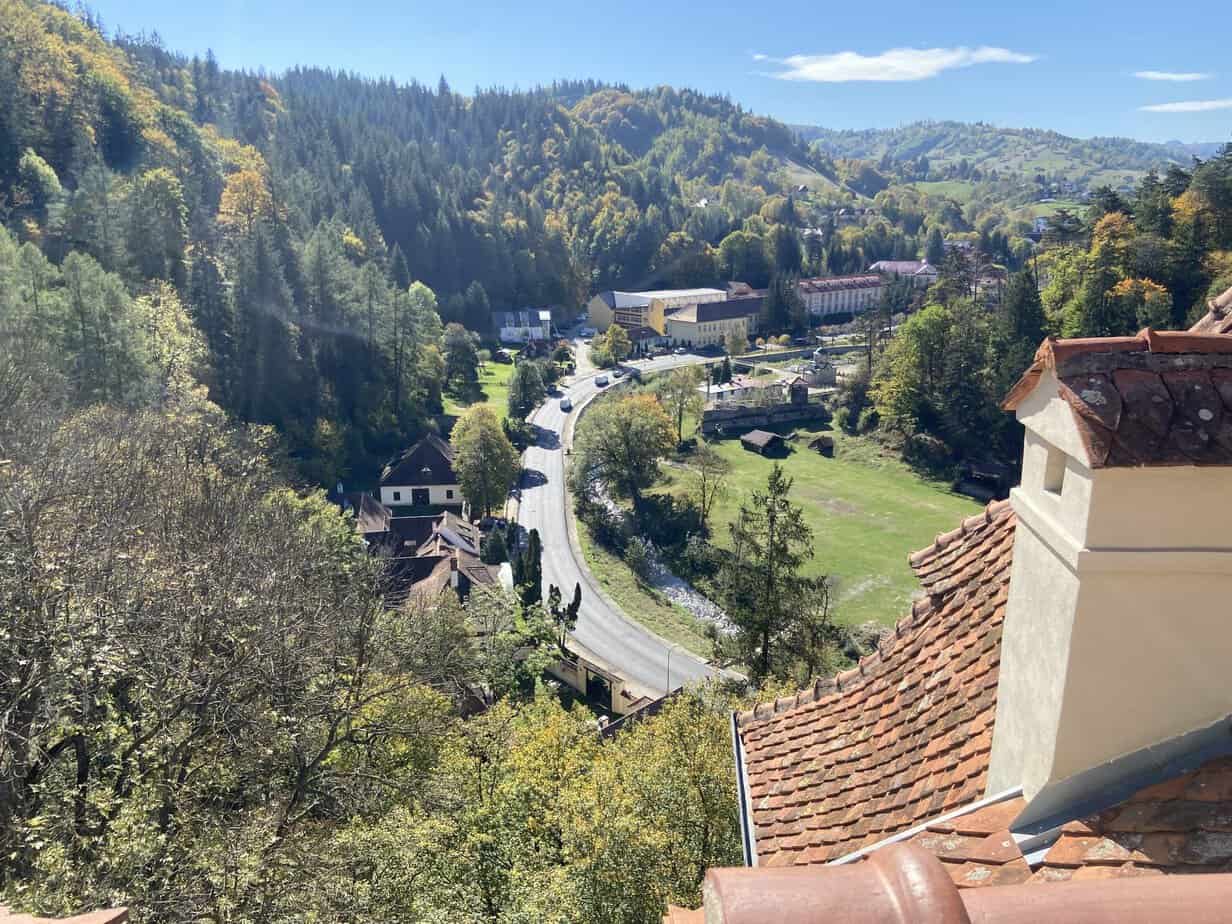
Weapons are omnipresent. There’s a dagger collection in a glass case and swords, axes and swinging spiked balls flair out of a holder on a wall. The castle even features a torture chamber, complete with an iron maiden and a spiked chair.
But it also features the silly. One panel goes in depth about werewolves. A movie room has vampire movies on a continuous loop, ranging from grainy black and white films to modern horror films of teen-age girls wondering why that first kiss hurts so much.
Romeo said one year 15 British experts on spirits brought special X-ray machines to see if the castle was haunted.
“They said yes,” Romeo said.

We slid our way up through descending bodies to a top floor where Romeo pointed to the fabled steeple.
“You see the tower there?” he said. “Now it’s a nest for bats. They even found some skeletons.”
Bats may have lived here but Vlad the Impaler never did. He was here one year, when the Saxons threw him in the jail. That’s it. Vlad came from Sighisoara where his childhood home has turned into the ubiquitous souvenir shop.
Thus the legend of Dracula lives on. He flies to unknowing victims in the night and hides truth in the day. Little did Bram Stoker know that while he was writing his stodgy dispatches for English journals and other novels no one ever heard of, that his Dracula would become a part of international culture and small boys’ nightmares forever.
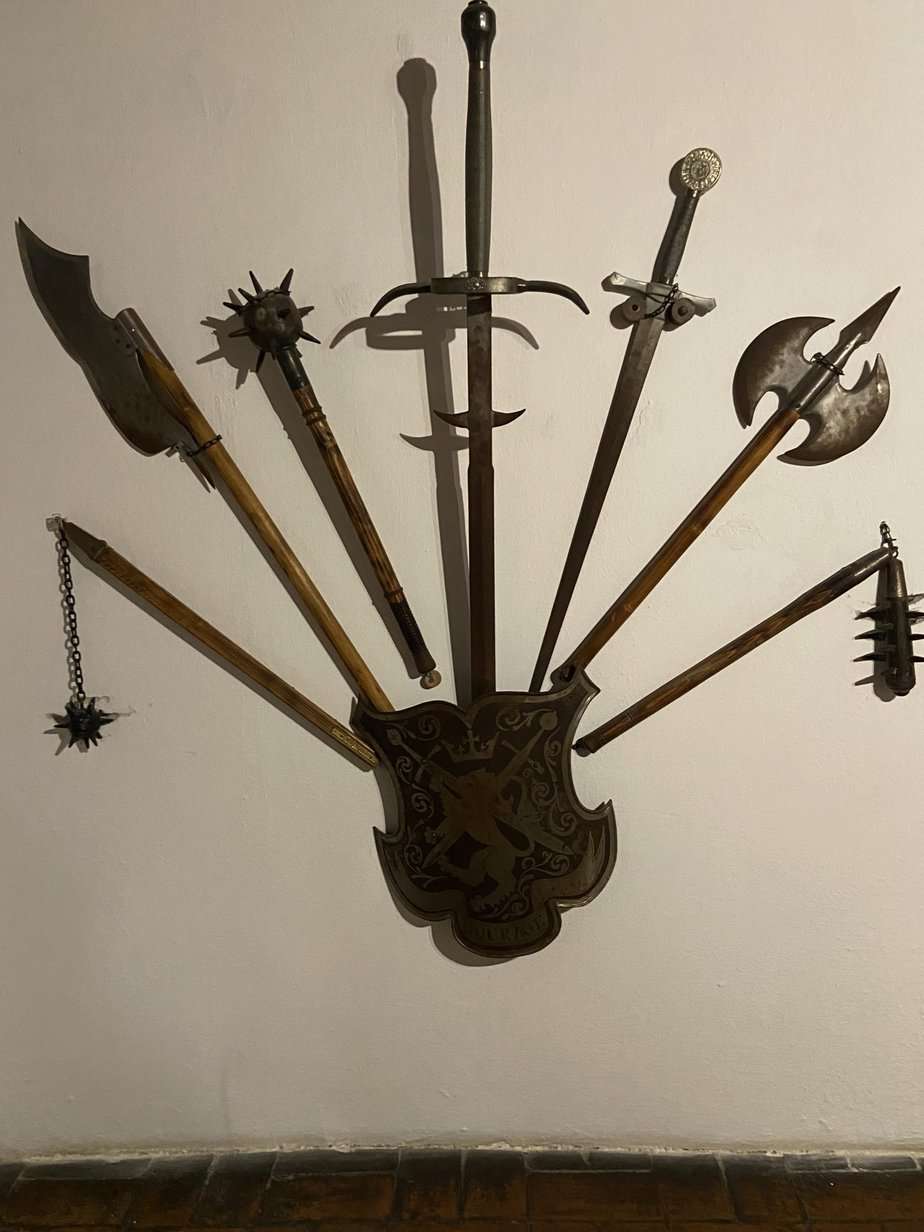
The legend is also party night in Transylvania. Every Halloween, locals storm the castle wearing their best vampire outfits and wake the bats in the belfry, hopefully stealing a bloody kiss between sips of palinka, Romania’s brandy that’s more lethal than Dracula.
So Thursday night, go ahead and don your black cloak with stiffened collar and fake teeth. Also, try to make that red stain on your chin look like blood and not lipstick. Just keep in mind Marina’s summation as we left the castle, using her new favorite English word.
“Thees,” she said, “ees BOOL-sheet!”
Friday: I take a detour from my trip to write about next week’s U.S. election.
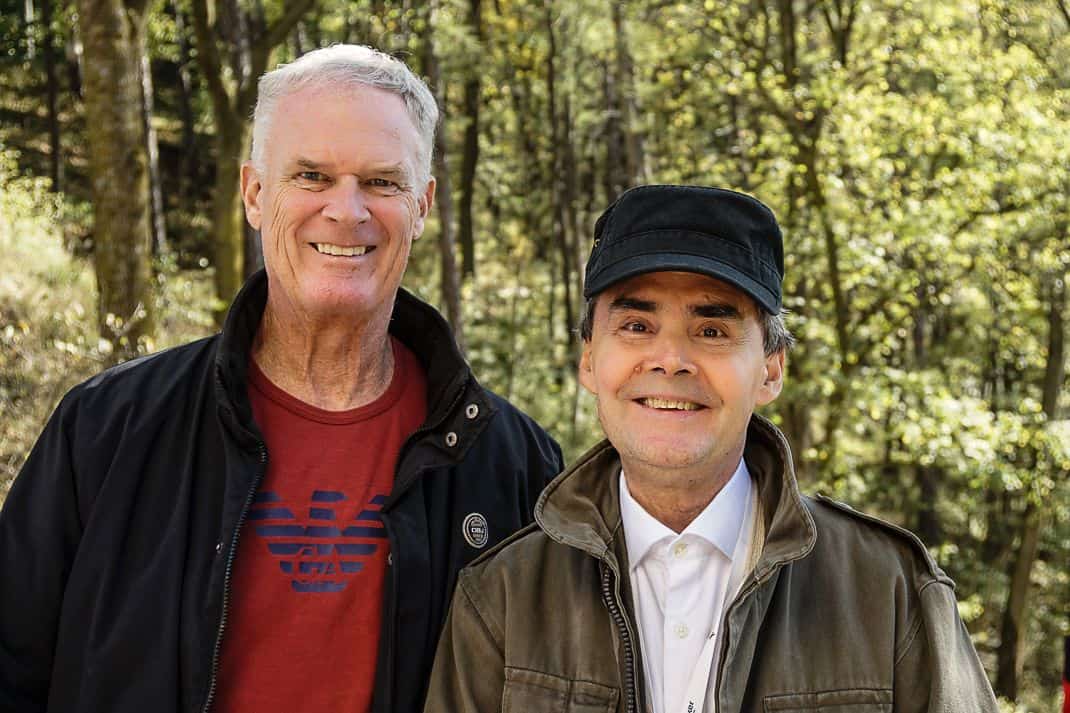
If you’re thinking of going …
How to get there: Numerous tour companies in Bucharest and Brasov run trips to Bran Castle. I used and highly recommend TravelMaker whose Two Castles in One Day tour included transportation to and from Bucharest, Peles Castle and a brief tour of Brasov. I paid €72.48 per person, not including lunch in Brasov, the €10 entry fee for the Peles Castle or €14 for Bran Castle. https://travelmakertours.com/two-castles-one-day-tips-recommendations/, reservations@travelmaker.ro, 52 Lipscani St., Sector 3, Bucharest, 40-735-525-710.
Where to stay: Residence Hirscher, Str. Apollonia Hirscher 14, Brasov, 40-368-401-212, https://hirscherresidence.com, info@residence-hirscher.eu. The three-star hotel located 200 meters from the main Plata Sfatului square is built in a landmark building from 1847 that was renovated in 2018. Big rooms with a helpful English-speaking staff. I paid €95 a night including breakfast.
Where to eat: Gaura Dulce, Plata Sfatului 14, Brasov, 40-786-112-525, https://gauradulce.ro/, rezervari@gauradulce.ro, 11:30 a.m.-10 p.m. Located between the Hirscher and the main square, it has all the traditional Romanian dishes. Try the chicken breast stuffed with cheese in a mushroom and sour cream sauce. Don’t forget the palinka, Romanian brandy.
When to go: In mid-October, the castle was too crowded. I can’t imagine it in July or August. However, it’s not hot at that elevation. Summer highs average in the low 70s. While I was there in October it was in the 50s with some light rain. December it hovers between 25 and high 30s.
For more information: Tourist Information and Promotion Center, Strada Poiana Soarelui 138, Brasov, 40-268.327-298, https://www.poianabrasovinfoturist.ro/, office@salvamontbrasov.ru, 10 a.m.-5 p.m.


October 30, 2024 @ 2:38 pm
Enjoyed this. I’ll pass. I’m with Marina. Es Bool sheet. Haha. I would have not enjoyed the tourists crushed together.
Like “Juliet’s” balcony …..,crowds go for nothing true….
Nothing true is like election here. It has been a time to watch Netflix so as to avoid political ads. Here in Florida , I’m a blue dot in sea of red. Nightmare of morons. I voted last week in early voting. Most people I have ever seen in my polling location. I did not by mail previously, but the election board kept attempting to removing my ballot from counting. After three times going to their office, I was able to get my vote counted. Now I go in person. It is the largest amount of early voters ever. I waited an hour. Other areas are two, three and more. Some “swing” states have removed voting locations, longer drives and lines… oh and a ballot box was set on fire. It’s going to get uglier each day. I’m hiding. I’m selling my condo and returning to Italy asap.
October 30, 2024 @ 2:52 pm
Thanks for the nice comment, Carol. I hear a big early turnout means good news for Democrats. Don’t worry about the burning boxes in Oregon and Washington. They’ll need to burn down both states to keep Harris from winning them.